Key Steps of Exocytosis:
- Formation of Transport Vesicles: Molecules or particles to be released are packaged into transport vesicles within the cell.
- Transport to the Cell Membrane: The transport vesicles move towards the cell membrane, guided by cytoskeletal elements.
- Docking and Fusion: The transport vesicles dock at the cell membrane and fuse with it, leading to the release of the vesicle contents into the extracellular space.
- Membrane Recycling: After exocytosis, the cell membrane is recycled to maintain its integrity and size.
Regulation of Exocytosis:
Exocytosis is a tightly regulated process that involves the coordination of various proteins and signaling molecules within the cell. Key regulatory components include:- SNARE Proteins: These proteins are involved in the fusion of transport vesicles with the cell membrane.
- Calcium Ions: Calcium ions play a crucial role in triggering the fusion of transport vesicles with the cell membrane.
- Signal Transduction Pathways: Various signaling pathways within the cell can regulate the process of exocytosis in response to different stimuli.
Study Guide for Exocytosis:
To understand exocytosis in depth, it's important to focus on the following key concepts:- Understand the structure and function of transport vesicles and the role they play in exocytosis.
- Explore the molecular mechanisms underlying the docking and fusion of transport vesicles with the cell membrane.
- Investigate the regulatory proteins and signaling pathways involved in the control of exocytosis.
- Examine specific examples of exocytosis in different cell types, such as neurotransmitter release in neurons or hormone secretion in endocrine cells.
- Consider the implications of dysregulated exocytosis in various diseases and potential therapeutic targets related to this process.
◂Science Worksheets and Study Guides Eighth Grade. Bones, muscles, and skin
Study Guide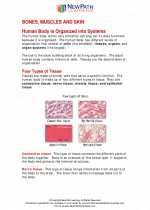 Bones, muscles, and skin
Bones, muscles, and skin  Worksheet/Answer key
Worksheet/Answer key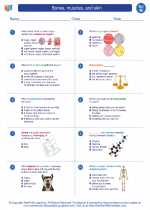 Bones, muscles, and skin
Bones, muscles, and skin  Worksheet/Answer key
Worksheet/Answer key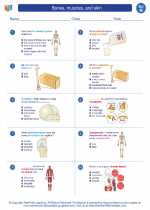 Bones, muscles, and skin
Bones, muscles, and skin  Worksheet/Answer key
Worksheet/Answer key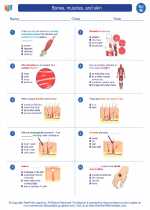 Bones, muscles, and skin
Bones, muscles, and skin  Vocabulary/Answer key
Vocabulary/Answer key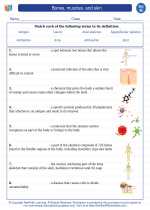 Bones, muscles, and skin
Bones, muscles, and skin  Vocabulary/Answer key
Vocabulary/Answer key Bones, muscles, and skin
Bones, muscles, and skin  Vocabulary/Answer key
Vocabulary/Answer key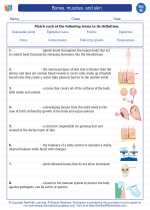 Bones, muscles, and skin
Bones, muscles, and skin  Vocabulary/Answer key
Vocabulary/Answer key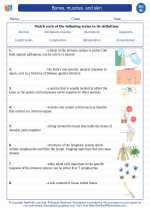 Bones, muscles, and skin
Bones, muscles, and skin  Vocabulary/Answer key
Vocabulary/Answer key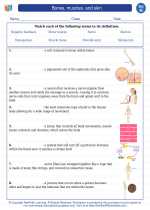 Bones, muscles, and skin
Bones, muscles, and skin  Vocabulary/Answer key
Vocabulary/Answer key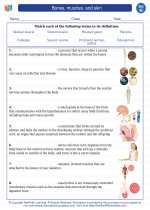 Bones, muscles, and skin
Bones, muscles, and skin  Vocabulary/Answer key
Vocabulary/Answer key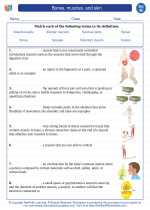 Bones, muscles, and skin
Bones, muscles, and skin 

 Worksheet/Answer key
Worksheet/Answer key
 Worksheet/Answer key
Worksheet/Answer key
 Worksheet/Answer key
Worksheet/Answer key
 Vocabulary/Answer key
Vocabulary/Answer key
 Vocabulary/Answer key
Vocabulary/Answer key
 Vocabulary/Answer key
Vocabulary/Answer key
 Vocabulary/Answer key
Vocabulary/Answer key
 Vocabulary/Answer key
Vocabulary/Answer key
 Vocabulary/Answer key
Vocabulary/Answer key
 Vocabulary/Answer key
Vocabulary/Answer key
